AO Edited
Gishora Drum Sanctuary
This century-old site established by King Mwezi Gisabo preserves the art of Burundi's ancient drum rituals.
Nestled in the lush, verdant hillside, just over five miles from Burundi’s capital, Gitega, is the Gishora Drum Sanctuary. Burundi’s last independent ruler, King Mwami Mwezi IV Gisabo Bikata-Bijoga, founded the sanctuary in celebration of a victory over the rebellious chief Ntibirangwa in the second half of the 19th century. Since its founding, the Gishora Drum Sanctuary has been a place to practice and teach specific ritual drumming techniques.
Drumming in Burundi is an ancient practice that mixes combat-style dance, specific rhythms, religious rituals, epic poetry, all into one. Historically, drumming rituals were part of the enthronement of kings, agricultural sowing festivals, and funerals of kings and queens. The drums themselves have long been associated with royalty and specifically the monarchy.
Local boys and men, known as Abatimbo who descend from the ancient lineage of Abanyigisaka, have always run the sanctuary. They are the descendants of religious leaders who held senior positions within the royal court.
As a country comprised of many different clans, including the Abahanza, Abavumu, Abajiji, and Abashubi, the drums became a means to unite a diverse population across generations and families. A ritual dance performed with the royal drum, ingoma, was one way to unite the people and honor the royal family. The drums themselves are made using wood from sacred, rare trees, like umuvugangoma (Cordia africana), umurama (Bridelia atroviridis), and umusave (Markhamia lutea). It’s believed that when the drums are played, they invite the ancestors into the ritual and banish evil spirits.
All drums have a name and purpose. At the Gishora Drum Sanctuary, there are two important drums that have never been played—Ruciteme (“the one for whom we clear the forest”) and Murimirwa (“the one for whom we cultivate”). Both names reflect the importance of farming, and the king’s association with the earth’s fertility. The sanctuary also has other drums known as Ingendanyi, or “retinue,” which are still beaten today.
Burundi continues to foster the practice and ritual of drumming, and in 2007 the government passed a suite of laws and policies to protect the ancient art form. These laws include the protection of drum sanctuaries, like Gishora and other sites throughout the country. Today, members of the sanctuary participate in drumming sessions at the site as well as celebrations held on Burundi’s Independence Day (July 1) and other government ceremonies.
Know Before You Go
Gishora Drum Sanctuary is about a 15-minute drive north of Gitega. Certain tour companies, like Augustine Tours, also have partnerships with the Sanctuary and run tours that visit it.

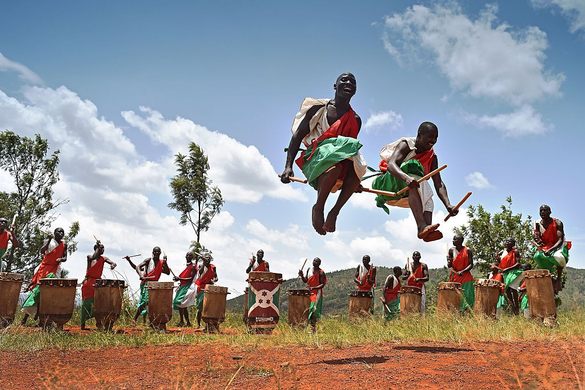

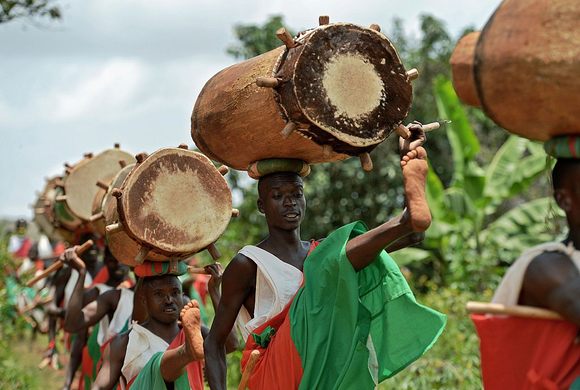
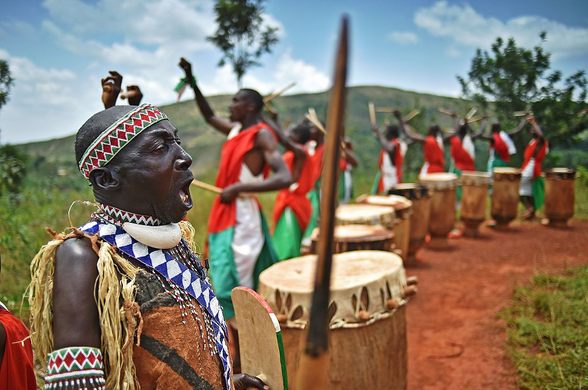
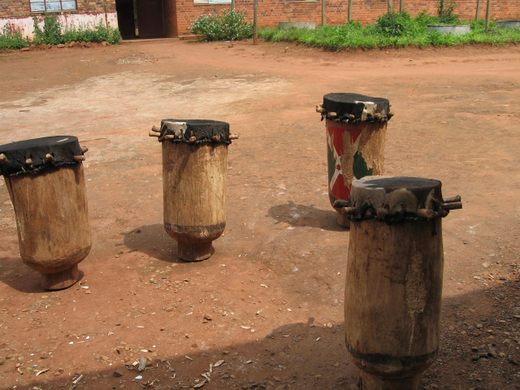

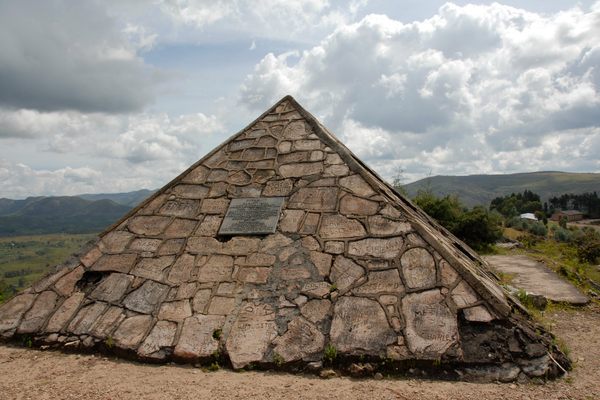




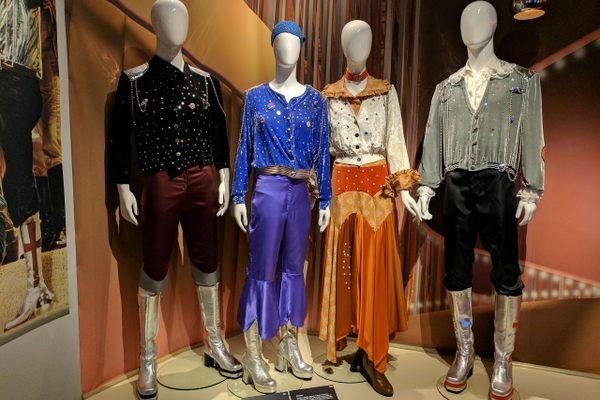
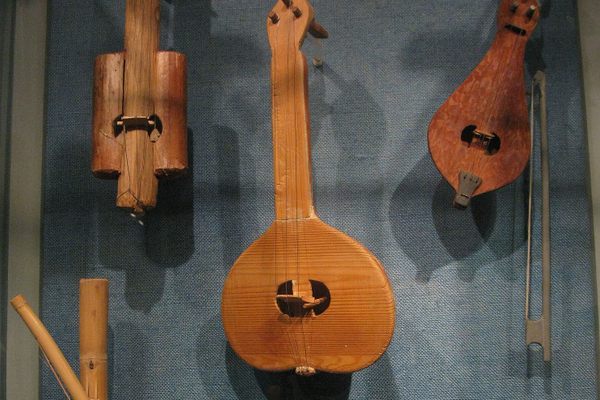
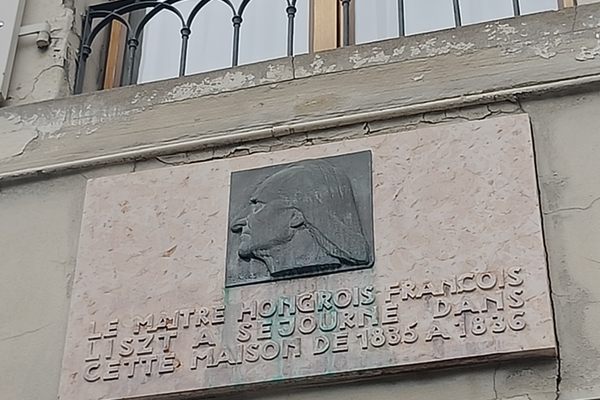

Follow us on Twitter to get the latest on the world's hidden wonders.
Like us on Facebook to get the latest on the world's hidden wonders.
Follow us on Twitter Like us on Facebook